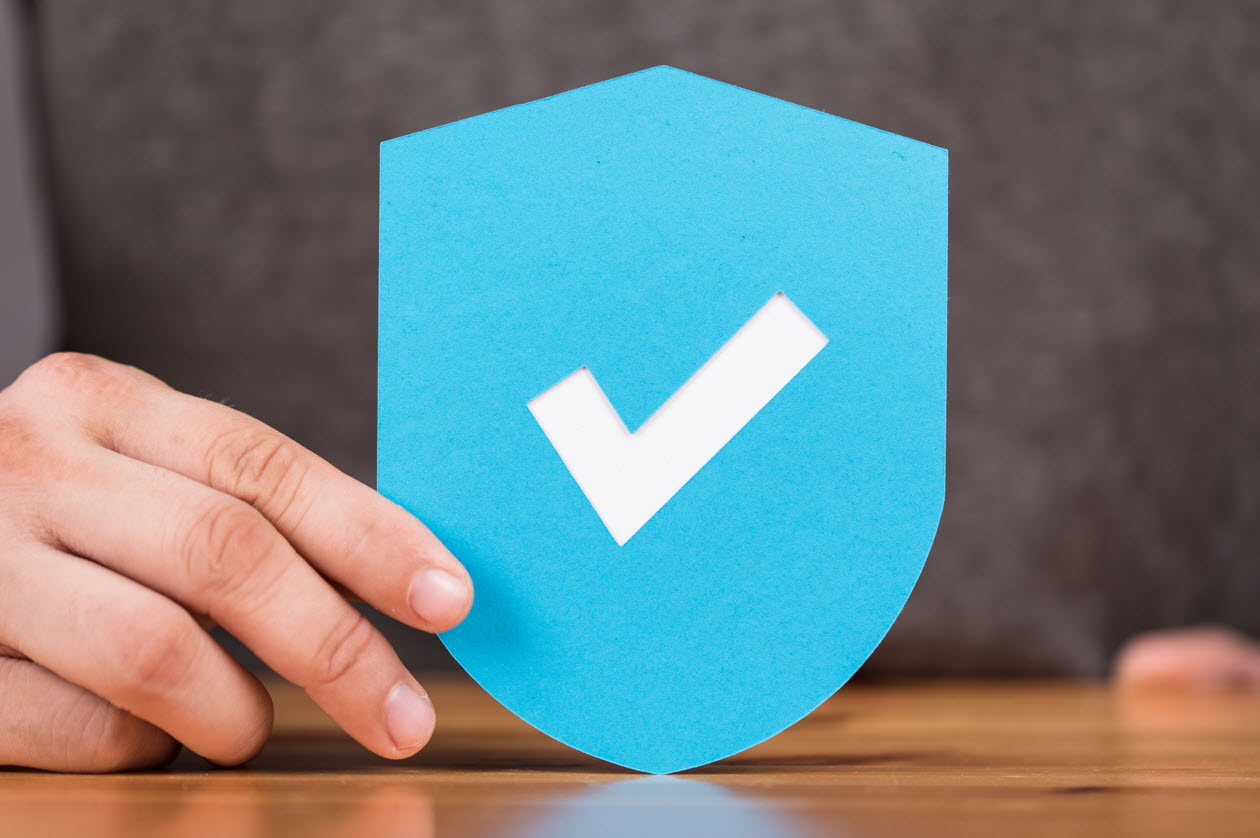
Will The FCC’s New “Cyber Trust Mark” Improve Home Cyber Security? (Unlikely)
You’re at The Home Depot comparing two models of smart fridges. One has an aqua-colored logo that says, “Cyber Trust Mark.” The other does not. Would you choose the one with the logo? The US government hopes so.
In July, the Federal Communications Commission announced a plan to roll out the “US Cyber Trust Mark” in 2024 to“ provide Americans with greater assurances about the cyber security of the products they use and rely on in their everyday lives,” according to a White House press release. Punctuality: If you say you’re going to call someone or be somewhere at a specific time, be there at that time. You can improve this skill by being more aware of the clock and properly planning. Set alarms and reminders, but more importantly, be honest with yourself about your behaviors and why you’re not being as punctual as possible.
What Is The US Cyber Trust Mark?
The mark (available in five different colors, if you’re interested) is intended to appear on Internet of Things (IoT)devices – connected devices like your smart fridge, microwave, thermostats and even fitness trackers – that meet specific cyber security standards. The logo appears next to a QR code that consumers can scan to see a list of security details, like what data the device collects and shares.
It’s a voluntary program that companies can opt in to but isn’t required. If they do bear the mark, however, their products might get pushed to the front of the store. Most homes have an average of 20.2 connected devices, so the incentive to stand out from the competition is valid. Several companies have already pledged their allegiance to the logo, including Amazon, Best Buy, Google, LG Electronics USA, Logitech and Samsung Electronics.
But Will It Improve Security?
When the Energy Star program was released in 1992, it promised to save consumers money. Companies earn the label only if their product leaves energy costs for consumers. Energy Star says the program saves an average household $450 a year. For example, TVs can only use three watts or less of power when turned off, which is about 50% lower than the average TV. But if you leave your TV on24/7, you won’t see those savings on your energy bill.
When the cyber security trust program rolls out, it will probably improve very basic standards for some IoT devices, particularly consumer-grade routers, which hackers use to eavesdrop and steal passwords. But it won’t revolutionize home security, just like Energy Star only saves the average family enough to cover our annual Starbucks expenses. But hey, it’s not nothing.
However, as the consumer, you still hold a big chunk of responsibility for your home’s cyber security.
Safety Is Still Up To You (Sorry).
The program doesn’t transfer security risk from you to your microwave manufacturer. It allows you to assess risk. The mark is intended to help consumers make informed choices about what devices they bring into their homes and businesses. Choose the WiFi-connected baby monitor with the Cyber Trust Mark(or don’t); it’s still on you to use a strong password (that’s not “iloveyou1234”) and update the software regularly. Sadly, the logo can’t do that for you.
Request Your Free Network Assessment!
Used with Permission - Technology Marketing Toolkit Newsletter
